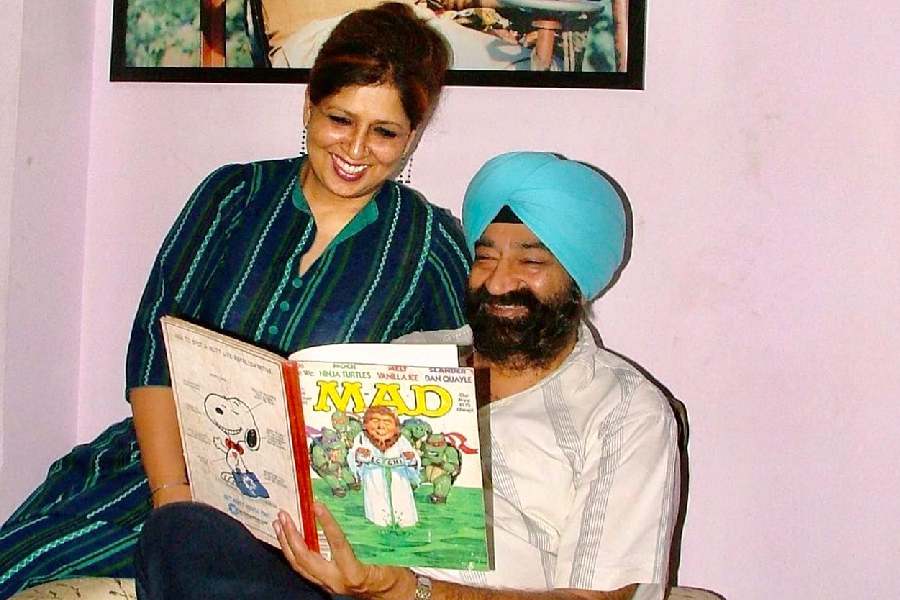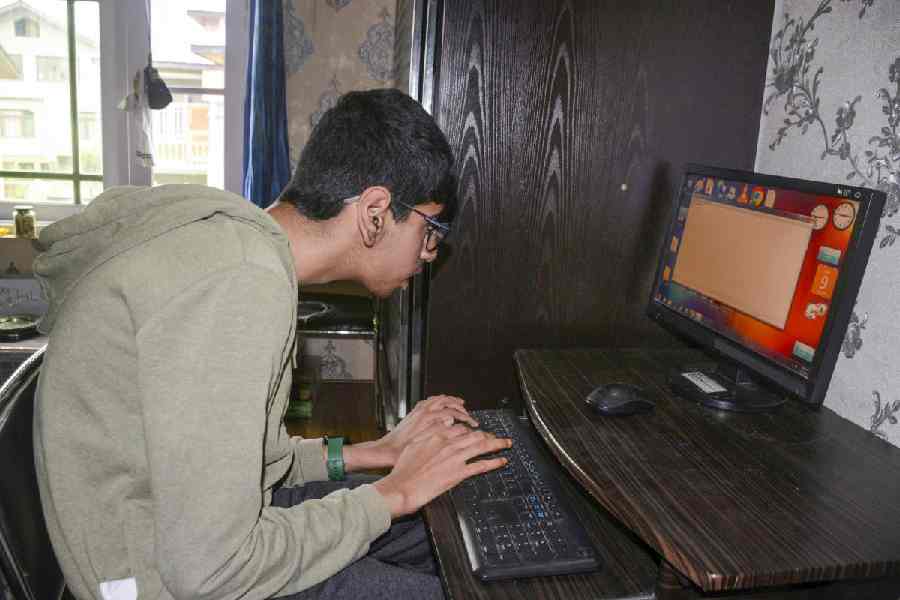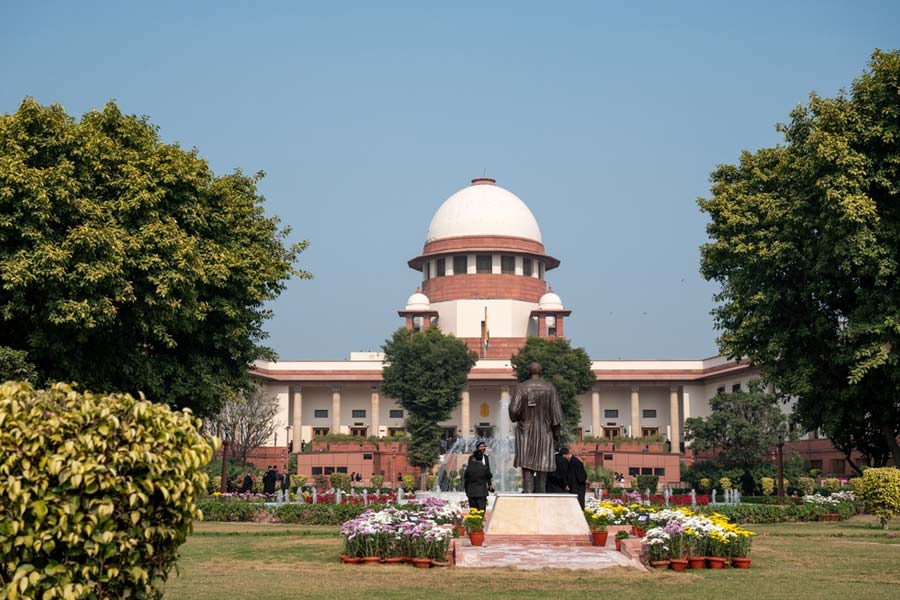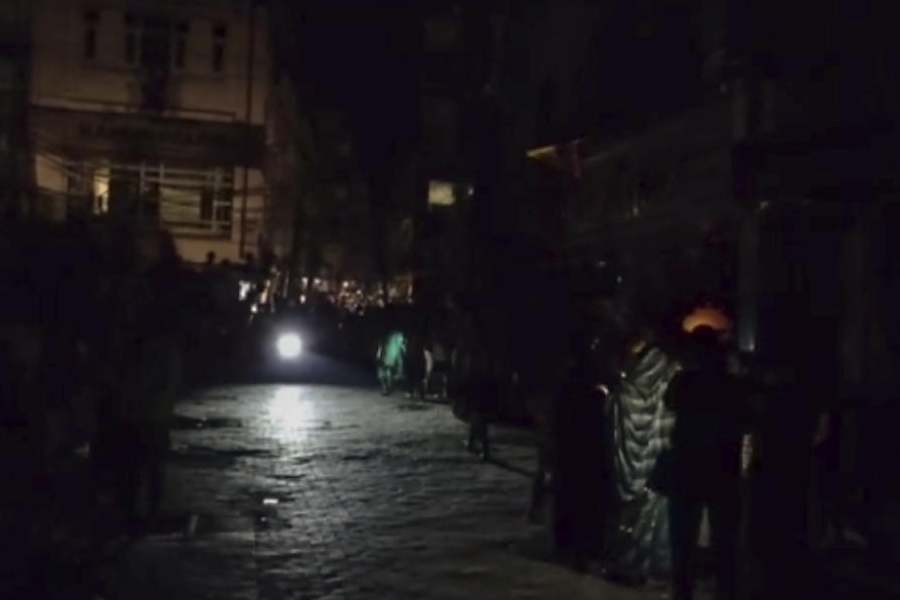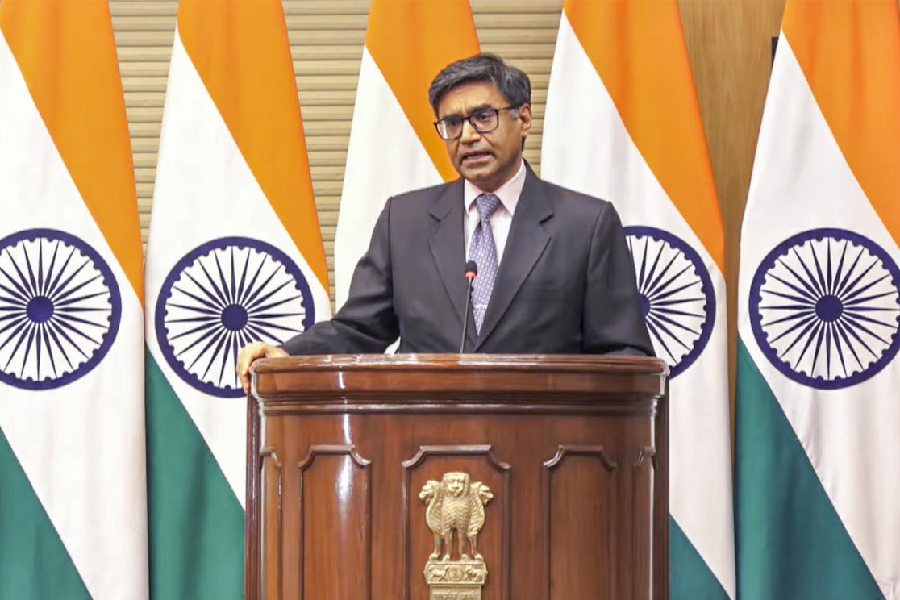 |
 |
| Carl Friedrich Gauss (top) and Alexander von Humboldt |
Measuring the World By Daniel Kehlmann,
Quercus, Rs 395
Armed with invincible Reason, when the 18th-century explorer and naturalist, Alexander von Humboldt, set out to unravel the mysteries of nature, little did he know that he will have to witness in his voyage such noumena as the visions of a sea-monster, of an alien spaceship and of his dead mother. Being faced with the unexplained, Humboldt did what any respectable product of the Enlightenment would do — he denied their existence by ignoring them. The unexplored terrains of Latin America were unfurling before Europe largely through Humboldt’s articles, which precisely documented the flora, fauna and geography of the New World. He kept sending his articles for publication as he travelled in those lands. Since Humboldt was almost creating a world through his writings, whatever he did not meticulously measure and write about did not exist. Having experienced the horror of unreason early in life, while drowning in a frozen lake after being pushed in by his brother, Humboldt had become a firm adherent to the belief that “whenever things were frightening, it was a good idea to measure them.”
Humboldt’s contemporary, Carl Friedrich Gauss — the “prince of mathematics”— had, like Humboldt, ventured on the measurement of space but, unlike Humboldt, starts from the premise that “space was folded, bent, and extremely strange” (italics mine). Gauss reverentially presents his argument at the feet of the ‘critic of pure reason’, the great Immanuel Kant, with the hope that this man at least would understand him. But the dribbling and senile philosopher replies, “Buy sausage…and stars”.
Measuring the World begins in the historic moment in which Humboldt and Gauss meet for the first and last time in their lives to attend the German Scientific Congress of Berlin in 1828. The rare moment is sought to be captured by Humboldt’s student, Daguerre. But Daguerre’s attempt is foiled by an irritated Gauss struggling to free himself of Humboldt’s embrace and by a policeman suddenly intruding into the frame. A vexed Daguerre stamps his feet — “now the moment had been lost forever”. Gauss comments calmly, “just like all the others”.
Gauss seems to be the exact opposite of Humboldt. He refuses to leave his home in Göttingen while Humboldt navigates the earth. The virile Gauss loves women, although he almost spoils his wedding night by suddenly realizing “how to make approximate corrections in measurements of the trajectories of planets” at a particularly delicate juncture. Humboldt, on the other hand, is frigid. When native Indian women come to proffer their favours on Humboldt, he makes the best of the opportunity by counting the lice in their hair. Gauss remains uncomfortable with fame till the last day of his life while Humboldt savours every bit of his stay in the limelight. But the lighted days do not last long, and no sooner has Humboldt started enjoying himself than he finds himself relegated to the status of a relic. It is this evanescent, and thus terrifying, nature of life, love and fame that Gauss has always known and that Humboldt has tried hard not to acknowledge. But “you have always understood more, my poor friend, than you know”, ruminates Gauss about Humboldt. The shared knowledge of the two men of all that lurks in the corners when Reason sleeps unites them psychically in the last few chapters of the novel.
Measuring the World narrates the separate lives of Gauss and Humboldt in alternating chapters only to merge them towards the end. The stories of these two men, who are so unlike and yet so alike each other, serve to demonstrate Gauss’s deduction that parallel lines do meet.
Daniel Kehlmann’s deadpan style helps blur the distinction between the solemn and the ludicrous. Profundity is hedged in so cunningly between absurdities that it is difficult to decide whether it is to be taken seriously at all. If the novel is to be considered as belonging to the ‘magic realist’ genre, and if one tends to associate magic realism with the Hispanic countries, Measuring the World incorporates an interesting twist. It is the lives of European men, and that too in the Age of Reason, that seem more ‘magical’ in contrast to the Latin American reality. Indeed, the novel ends with the ship carrying Gauss’s son, Eugen, a failed poet and an idealist, nearing something “not quite real” in the horizon and the captain declaring triumphantly, “this time it was no chimera and no summer lightning, it was America”.


